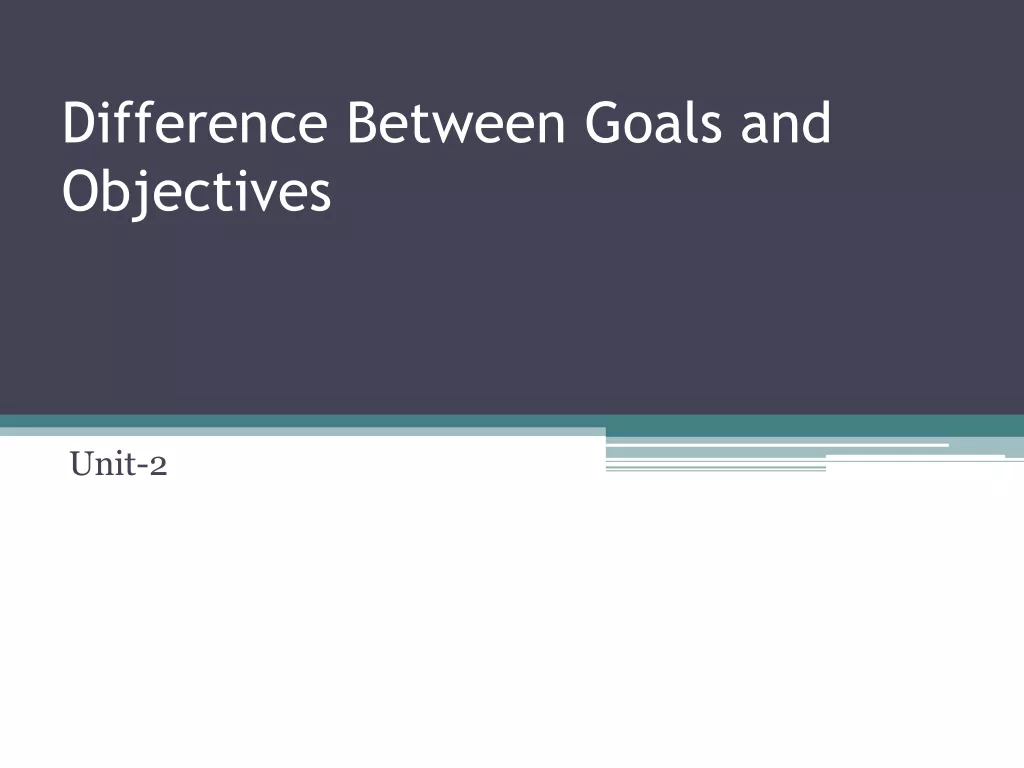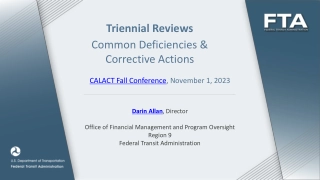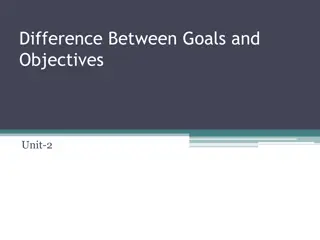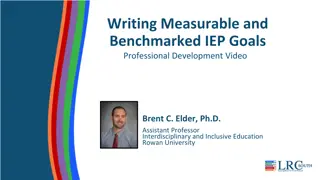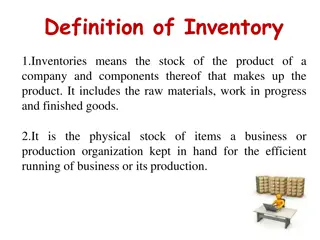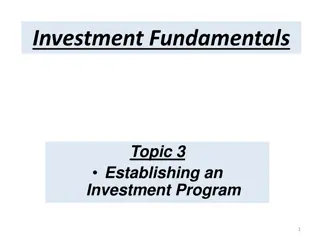
Financial Management Objectives: Profit vs. Wealth Maximization
Learn about the objectives of financial management, including profit maximization and wealth maximization. Profit maximization focuses on increasing profits, while wealth maximization considers the long-term value of assets. Discover the benefits and criticisms of each approach in making sound financial decisions.
Download Presentation

Please find below an Image/Link to download the presentation.
The content on the website is provided AS IS for your information and personal use only. It may not be sold, licensed, or shared on other websites without obtaining consent from the author. If you encounter any issues during the download, it is possible that the publisher has removed the file from their server.
You are allowed to download the files provided on this website for personal or commercial use, subject to the condition that they are used lawfully. All files are the property of their respective owners.
The content on the website is provided AS IS for your information and personal use only. It may not be sold, licensed, or shared on other websites without obtaining consent from the author.
E N D
Presentation Transcript
Objectives or Goals of Objectives or Goals of Financial Management Financial Management
Objectives or Goals of Financial Objectives or Goals of Financial Management Management It is the duty of the top management to lay down the objectives or goals which are to be achieved by the business. In order to make wise financial decisions a clear undertaking of the objectives of business is necessary. Objectives provide a framework within which various decisions relating to investment, financing and dividend are to be taken. In other words, objectives lay down a criterion by which the efficiency and profitability of a particular decision is evaluated. The choice of such criterion lies between profit maximization and wealth maximization. Hence, there are two approaches in this regard:
Profit maximization Profit maximization According to this approach, all activities which increase profits should be undertaken and which decrease profits should be avoided. Profit maximization implies that the financial decision making should be guided by only one test, which is, select those assets, projects and decisions which are profitable and reject those which are not.
The The following following arguments favour favourof ofthis thisapproach arguments are approach: : are advanced advanced in in 1. Measurement of performance 2. Efficient allocation and utilisation of resources 3. Source of incentive 4. Helpful in facing adverse business conditions 5. Helpful in the growth of the firm
However, However, the been beencriticized criticizedon theprofit profit maximization maximization approach onseveral severalgrounds grounds: : approach has has 1. Ambiguous 2. Ignores the time value of money 3. Ignores risk factor 4. Ignores future profit 5. Ignores social obligation of business 6. Neglects the effect of dividend policy on market price of the shares.
Wealth maximization Wealth maximization This approach is now universally accepted as an appropriate criterion for making financial decision as it removes all the limitations of profit maximization approach. It is also known as Net present value (NPV) maximization approach. According to this approach the worth of an asset is measured in terms of benefits received from its use less the cost of its acquisition. Benefits are measured in terms of cash flow received from its use rather than accounting profit which was the basis of measurement of benefits in the profit maximization approach. Measuring benefits in terms of cash flow avoids the ambiguity in respect of the meaning of the term profit. Another important feature of this approach is that it also incorporates the time value of money. While measuring the value of future cash flows an allowance is made for time and rest factors by discounting or reducing the cash flows by certain percentage. This percentage is known as discount rate.

